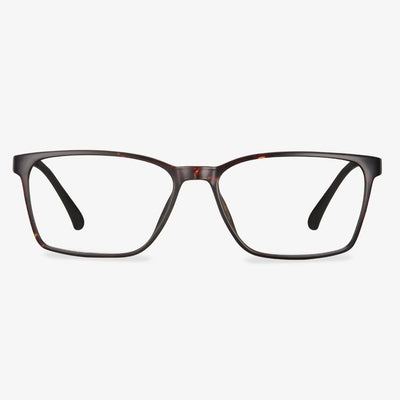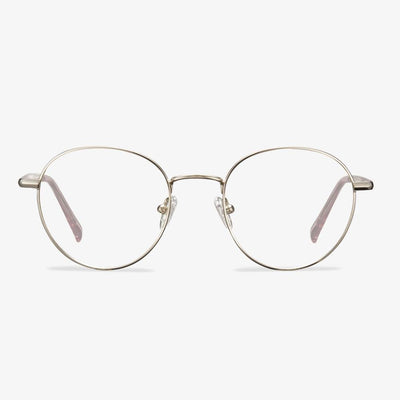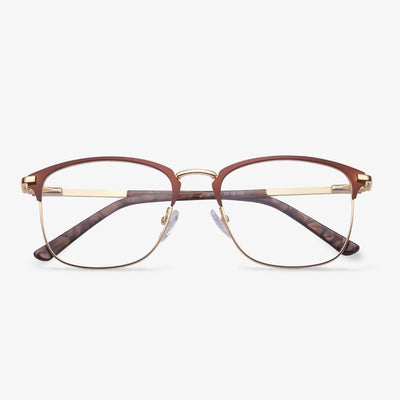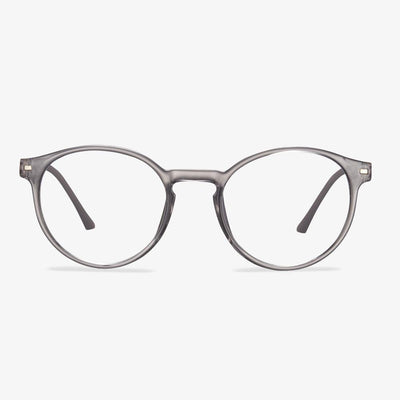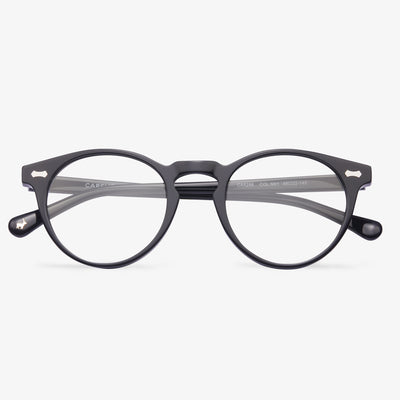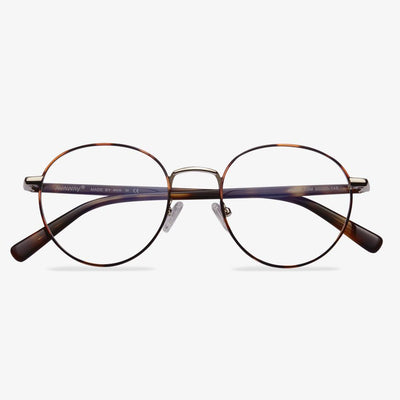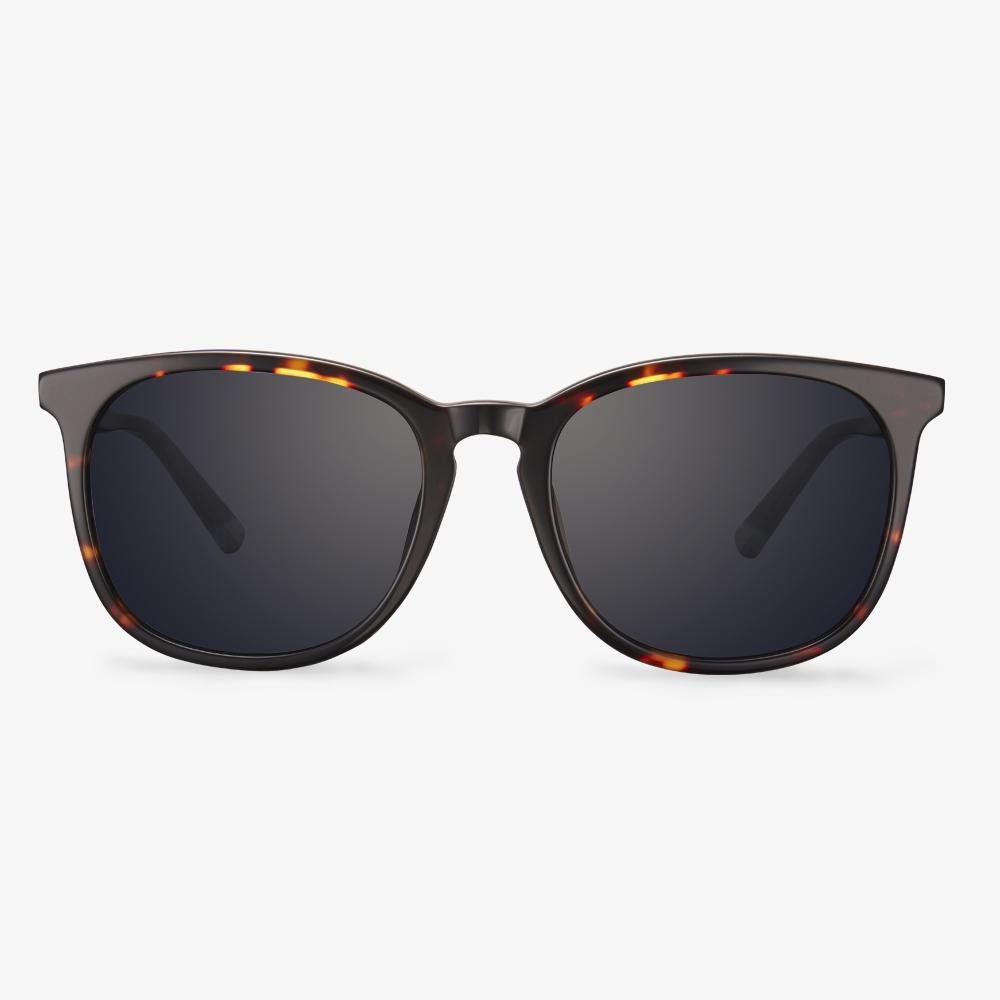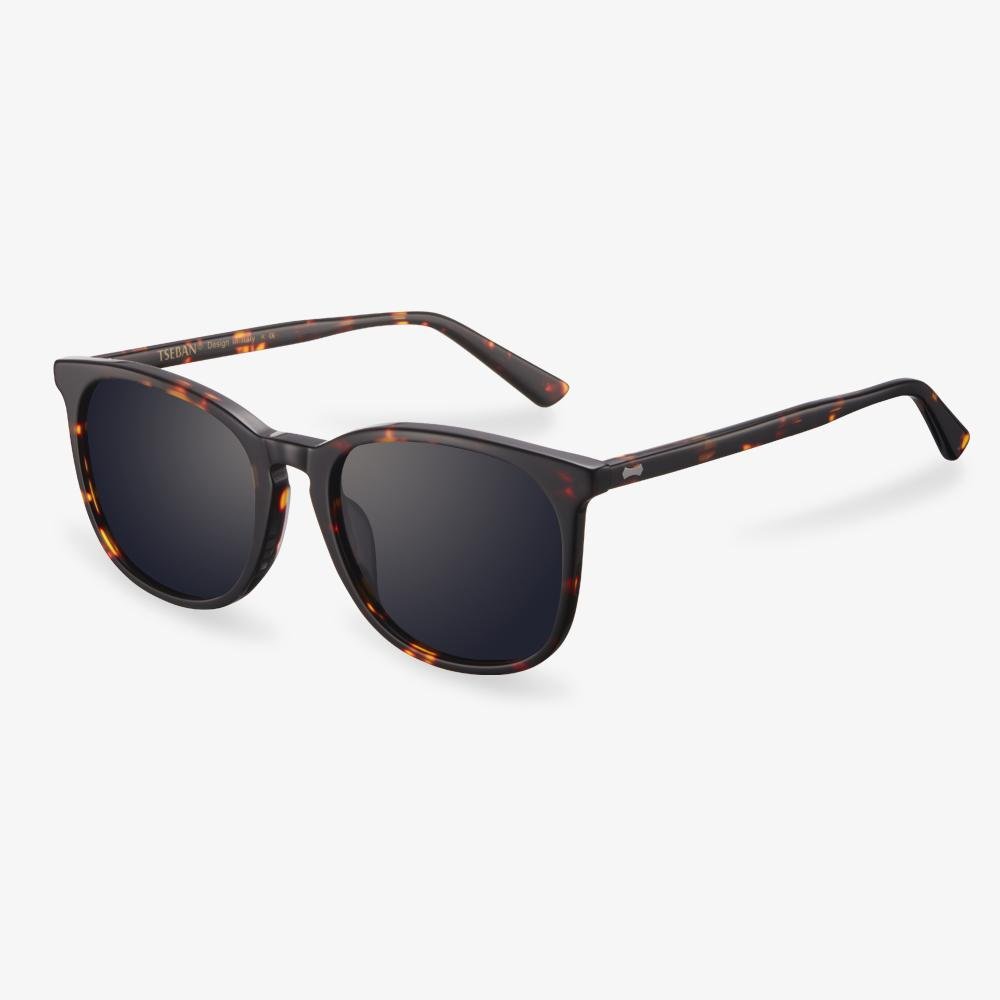What are TR90 glasses?
TR-90 (Plastic Titanium) is a kind of polymer material with memory. It is the most popular ultra-light material in the world at present. It has the characteristics of super toughness, collision resistance and abrasion resistance, low friction coefficient, and can effectively prevent the damage caused to the eyes and face due to the fracture and friction of the frame during the movement.
Online stores have fewer customer service staff and low human resources costs.
Generally speaking, to choose the website shopping, you can directly click on the website, and then get professional customer service reception. The data for each customer visit is accurate. The online stores just need to solve the customer's needs, so the customer service staff is relatively small in numbers, and the human resources investment is relatively small. So the price of glasses will be lower for each customer. Brick-and-mortar stores focus on service. Online shops is involved in the whole network competition, and the entity store is service first. The advantage of physical stores is very obvious,because they can provide perfect service. So the physical store manpower cost will increase.
What is the cheapest way to buy prescription glasses?
After the examination, you will bring your optometry sheet and go to the optician to match your glasses. Note that the optical shop has professional qualifications. The refractive index of the resin lens, such as 1.49, 1.56, 1.61, 1.67, and so on, mainly depends on the degree. If the degree is not high, 1.56 will do. In addition, the sophisticated store will also measure the nose height, nose width, the distance between the eyes and ears, and the forward angle of the frame, which are also indicators of whether the glasses are comfortable to wear. It is recommended to try them on after they are fitted, and the time to try on them should be longer, so as to determine whether the glasses are suitable.
The glasses are too loose or too tight at the temple.
If your glasses are too tight on your temples, you will feel uncomfortable. On the other hand, if your frames are too loose, it can make you look not energetic. Either way, you can adjust the frames at home to make them more comfortable. If the arm squeezers your temples. If the frames are metal, hold your lenses in place with your less-used hand. Use your dominant hand to gently press outwards on the corner of the frame, between the hinge of the frame and the lens. Repeat this step on the other side of your body to make your temples looser. If the frame is too loose from the temple. Again, for metal frames only, use the same method as you used to relax the frames, but apply slightly inward pressure on the corner between the hinge and the lens. Repeat on the other side, tightening the fit around the temple. Adjusting the temples of rimless, half-rimless, or plastic frames can break them. You are advised to take these frames to the optical shop for adjustment.
Different Type of Lenses: How to Choose
High-index lenses: These lenses are thinner and lighter than CR-39 plastic lenses because they have a higher index of refraction and may also have a lower specific gravity.
Trivex lenses: Trivex lenses are made from a newer plastic that’s similar to polycarbonate lenses. They are lightweight thin, and impact-resistant.
Aspheric lenses: Aspheric lenses have various degrees of curvature, which means they can be thinner and flatter so you can use a much larger portion of the surface.
How to know if lens is polarized?
Make use of LCD screens. Point the glasses horizontally at the LCD screen and then rotate them upward by 45 degrees clockwise. If it is a polarized lens, it will show a change in color deepening. If it does not change no matter how you rotate it, it is not a polarized lens. You can borrow another person's polarized lens or have previously worn a known true polarizer, and place it crossover with the new glasses you want to buy. At this time, you should see the object clearly from the crossover part with your eyes. Then cross the glasses vertically and horizontally, and at this point, the opposite object should not be visible from the intersection. If this condition is satisfied, it means that a true polarized lens is being tested.
Who need progressive lenses?
There is no limit to the degree of progressive multifocal lenses. Whether it is nearsightedness, presbyopia or moderate astigmatism, it can be worn, but not everyone can wear it. There are two types of progressive multifocal lenses on the market, one is hard and the other is soft. The main difference between the two designs is the length of the progressive channel. The rigidly designed progressive film has a short progressive path and relatively less peripheral aberrations. In order to ensure vision at various distances, fewer vertical dimensions are required. For example, a teenage progressive film belongs to this design, but because of its short gradual path, the gradation process is too short. Fast. Compared with the elderly, this design is more difficult to adapt; the soft design of the progressive film has a relatively long gradation channel and relatively large peripheral aberrations, but due to its long gradation channel, the gradation process is relatively smooth, which makes it easy to wear glasses It is suitable for people with poor adaptability.
If you are a person who is able and willing to accept new things, understand and adapt to the temporary discomfort caused by progressive addition lenses, we suggest that he can wear a pair, if he has severe hypertension, dizziness and other symptoms, or People who have misunderstandings about progressive lenses and are unwilling to adapt should not try them. Because you first wear progressive multifocal glasses, you may experience: slight dizziness, shaking when walking, and being careful when moving up the stairs.
The perception of space has changed, the perception of the distance of the object, and the perception of depth have changed. New wearers should not drive immediately and do strenuous exercise. When you look close, you need to turn your eyes down, and your eyes are mildly uncomfortable. Seeing an object through the blurred vision area around the lens makes the object blurred. Therefore, when new wearers look at things, turn their heads more, turn their eyes less, try to use the far-use zone, the near-use zone, and the middle-distance zone to see objects.











